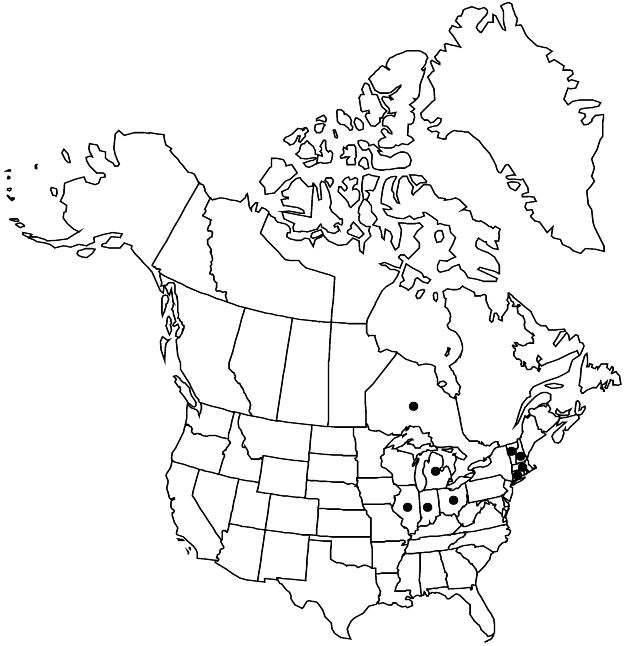Sedum sexangulare
Sp. Pl. 1: 432. 1753,.
Herbs, perennial, laxly cespitose, mat-forming, glabrous. Stems ascending, branched, (stoloniferous), not bearing rosettes. Leaves alternate, (densely imbricate on nonflowering shoots), usually in 6 rows (fewer on flowering shoots), ascending, sessile; blade bright green, not glaucous, linear, subterete to terete, 3–6 × 0.8–2 mm, base spurred, not scarious, apex obtuse. Flowering shoots erect, simple or branched, 6–15 cm; leaf blades linear, base spurred; offsets not formed. Inflorescences moderately lax cymes, 5–25-flowered, (1–)2–3(–4)-branched; branches spreading, sometimes forked; bracts similar to leaves, smaller. Pedicels to 0.5 mm. Flowers 5(–6)-merous; sepals erect, distinct, yellowish green, linear-elliptic, unequal, 0.8–1 × 0.4–0.5 mm, apex obtuse; petals spreading, distinct, bright yellow, lanceolate, not carinate, 3–4 mm, apex acute or acuminate; filaments yellow; anthers yellow; nectar scales yellow, square. Carpels divergent in fruit, distinct, dark brown. 2n = 74, 111, 148, 185.
Phenology: Flowering late spring–summer.
Habitat: Roadsides, waste places
Elevation: 0-500 m
Distribution

Introduced; Ont., Conn., Ill., Ind., Mass., Mich., N.H., Ohio, Vt., Europe.
Discussion
Sedum sexangulare was first reported as naturalized in the United States in 1942. The mature carpels have narrow brown lips along the adaxial suture.
Selected References
None.